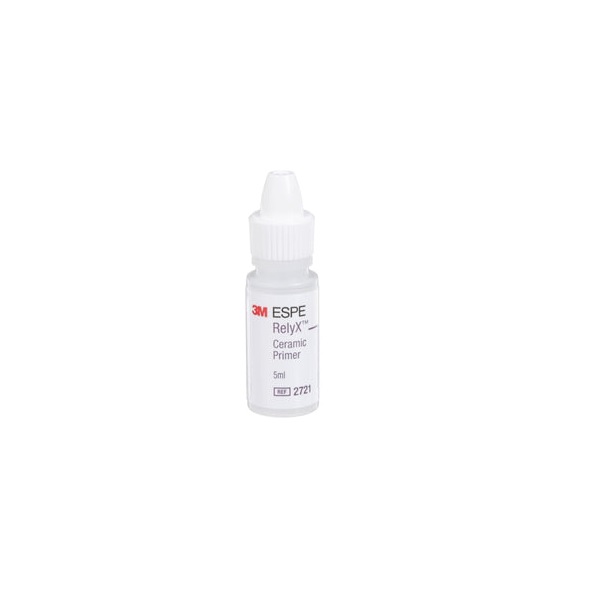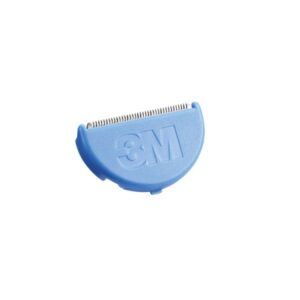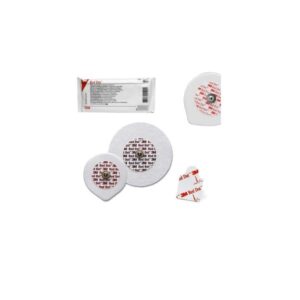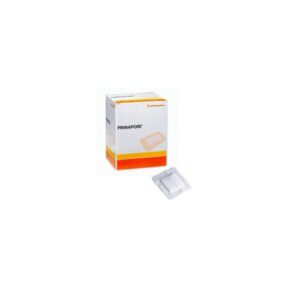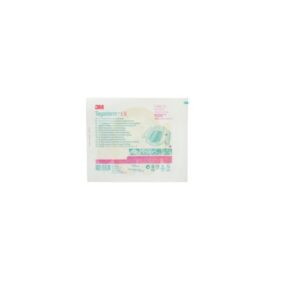3M RelyX Dental Ceramic Primer
MPIN: MP83482
Sign in to view priceVolume:5ml
Silane-basedPrimer
WorkswithPre-curedComposites
EnhancesBondstoMetalSurfaces
Ask for Quote
– The 3M RelyX Dental Ceramic Primer is a prehydrolyzed, silane-based primer designed to enhance bonds to porcelain, ceramic, pre-cured composite and metal surfaces
– The dental primer is a patented alcohol solution of a stabilized, active silane coupling agent
– Indications:
– Silanization of ceramic or metal restorations before cementation
– Silanization of metal or ceramic during repairs of ceramic
– Chairside repair of damaged ceramic crowns and bridges
– It can chemically unite with porcelain surfaces to give an improved, more water-resistant bonding of dental adhesives
– The primer creates strong and reliable bonds both to wet and dry surfaces
– Precautions for Patients:
– This product contains substances that may cause an allergic reaction by skin contact in certain individuals
– Avoid use of this product in patients with known acrylate allergies
– If prolonged contact with oral soft tissue occurs, flush with large amounts of water
– If allergic reaction occurs, seek medical attention as needed, remove the product if necessary and discontinue future use of the product
– The ceramic primer must be used with a dental bonding system
– It is available in 5 ml vial
– Precautions for Dental Personnel:
– This product contains substances that may cause an allergic reaction by skin contact in certain individuals
– To reduce the risk of allergic response, minimize exposure to these materials
– In particular, avoid exposure to uncured product
– If skin contact occurs, wash skin with soap and water
– Use of protective gloves and a no-touch technique is recommended
– Acrylates may penetrate commonly used gloves
– If product contacts glove, remove and discard glove, wash hands immediately with soap and water and then re-glove
– If allergic reaction occurs, seek medical attention as needed
– Instructions for Use:
– Preparation:
– For porcelain repairs, determine the cause of failure. Failures resulting from a structural deficiency or excessive occlusion should be corrected
– Select the appropriate shade of 3M ESPE restorative using normal color matching procedures
– Isolate the porcelain facing or crown to be repaired. A rubber dam is the preferred method of isolation
– Thoroughly prophy the teeth to be repaired with a slurry of plain pumice and water
– Porcelain Preparation: Use a diamond to remove all weakened porcelain and roughen the surfaces to be bonded. Bevel the margin and remove 1 mm of surface glaze beyond the margin
– Metal Preparation: Roughen any areas of exposed metal. Do not remove retention beads if present. Provide as much mechanical retention as possible
– Directions:
– Use phosphoric acid etchant to clean the prepared porcelain and any exposed metal surfaces. Apply the etchant to these surfaces. Wait 15 seconds. Rinse thoroughly for 15 seconds. Dry with air that is oil and water free.
– Porcelain and metal priming: Using a brush or mini-sponge apply RelyX Ceramic Primer to the prepared surface and dry. Note: For best results, repeat etching and priming steps when the primed porcelain or metal surfaces become contaminated with anything
– Adhesive Application: With a brush or mini-sponge apply a uniform coating of adhesive to the primed porcelain and metal surfaces
– Adhesive Curing: Cure the adhesive by exposure to light from a 3M ESPE light curing unit or other dental visible light curing unit of comparable intensity. Cure each area for the time specific in the adhesive instructions
– Mask any exposed metal surfaces. Cure the masking agent.
– Place and cure the appropriate shade of restorative material
– Occlusion: Carefully adjust occlusion to minimize stress on the repair. Note: In the course of a porcelain repair, if any enamel and/or dentin surfaces are exposed, they must be prepared for bonding. Refer to the instructions pertaining to the chosen adhesive.
– Porcelain Veneers: Apply RelyX Ceramic Primer to the internal (etched) surfaces of the veneers. To a clean, etched surface, one application is sufficient. Gently blow oilfree air across the surface or allow the solvent to evaporate completely.
– Proceed with try-in and bonding of the veneers using the adhesive and luting material of choice
Shipping Policy
Orders made at Medpick are initiated and processed for shipment upon receipt of request from the customer. Please note that our Shipping Services (Fee, Transportation, Loss or Damage of any shipment, etc.) are in accordance with the Seller\'s terms of Shipment.
Refund Policy
Please refer to Medpick Return Policy.
Cancellation / Return / Exchange Policy
Please refer to Medpick Return Policy.
 REGISTER
REGISTER
 SIGN IN
SIGN IN

